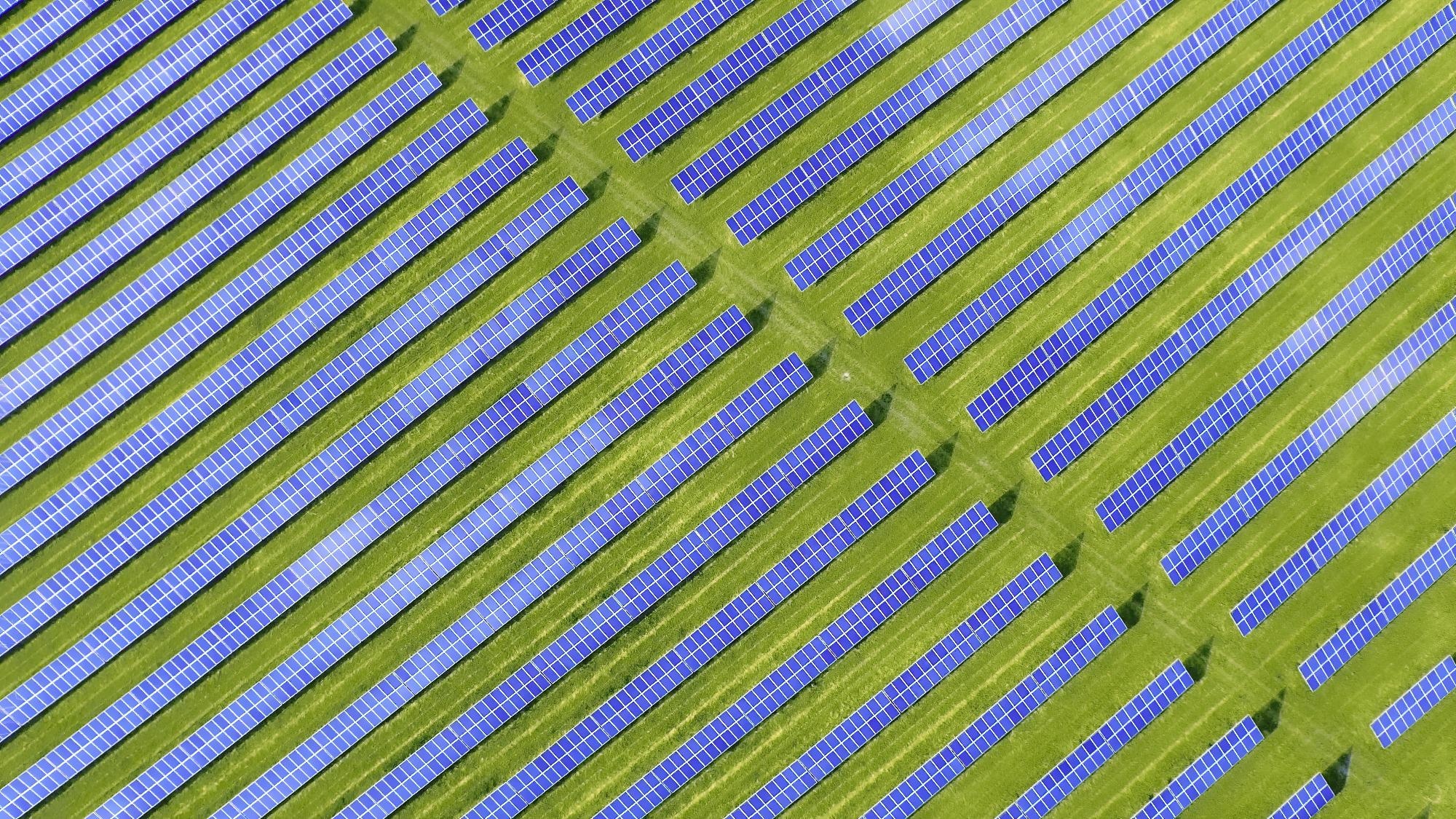Researchers have used simulation and experiments to illustrate that introducing a small nanoscale texturing on the surface of materials in perovskite or silicon tandem solar cells can remarkably raise the efficiency by decreasing the amount of light energy lost by reflection.

Image Credit: Shutterstock.com/ Clever Stock
A new nanotextured design capable of achieving conversion efficiency potential above 29%, indicated by simulations, could be further enhanced with improved fabrication methods and additional texturing.
Philipp Tockhorn from Helmholtz-Zentrum Berlin (HZB) presented the work at the virtual OSA Advanced Photonics Congress to be conducted from July 26th to 30th, 2021.
We present nanotextured perovskite/silicon tandem solar cells that are on par with the best cells presented in this highly dynamic field. Our findings may contribute to the further development of highly efficient perovskite/silicon tandem solar cells and have the potential to further decrease the cost of solar electricity.
Philipp Tockhorn, Helmholtz-Zentrum Berlin
Perovskites are materials having a crystal structure quite similar to that of naturally occurring mineral perovskite. Such semiconducting materials are capable of efficiently converting sunlight to energy. These materials are considered for the potential development of next-generation solar energy technologies. Solar panels are made mainly from silicon nowadays.
The team comprising Tockhorn, Johannes Sutter and collaborators from the groups of Professor Becker and Professor Albrecht at HZB, assessed how initiating nanotexturing at several interfaces impacts the performance of tandem solar cells made from a perovskite solar cell atop a silicon solar cell.
They first employed a computer simulation to measure the electric current present in the perovskite and silicon subcells (the photocurrent density), while the perovskite layer was entirely flat. The layer was nanotextured (bumpy) only on the bottom where it met the silicon layer or bumpy on both top and bottom.
The simulated bumps measured a height of around 300 nm and a width of 750 nm. The one-sided nanotextured design exhibited only a minimal performance improvement over the flat design in the simulation, while the completely textured architecture was measured to absorb significantly more light, thereby enhancing the photocurrent density by 0.7 mA/cm2 per subcell.
To gain more information on how nanotexturing affects solar cell performance, the scientists further fabricated various perovskite or silicon tandem solar cell designs — one with a completely flat perovskite layer and the other with a perovskite layer that is flat on top and bumpy on the bottom at the interface to the silicon solar cell.
Thus, the researchers identified that the one-sided nanotexturing already improved the light absorbed and currently produced in the silicon absorbed layer by 0.2 mA/cm2 to 0.3 mA/cm2.
Remarkably, the nanotextures not only improve the light absorption but also lead to a slight enhancement of the tandem solar cell’s electronic quality in comparison to the planar reference in conjunction to better film processing conditions.
Philipp Tockhorn, Helmholtz-Zentrum Berlin
The study results indicate a potential avenue for additional improvements, say the HZB scientists. From the simulation results, the researchers assume that a solar cell with perovskite layer nanotextured on both top and bottom probably has chances of further enhancing performance and realizing power conversion efficiency surpassing 30%.
A further development of this double-sided textured approach is existing and feasible but will require improvements in the fabrication process to add nanotexturing to the top side of the perovskite layer.
Philipp Tockhorn, Helmholtz-Zentrum Berlin